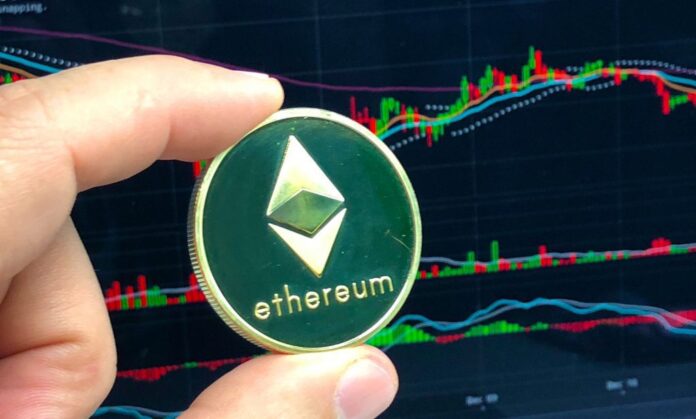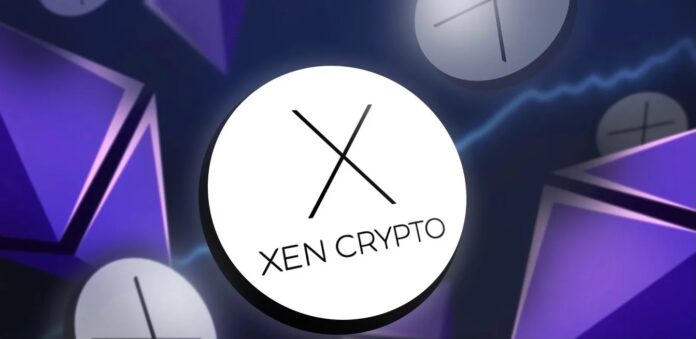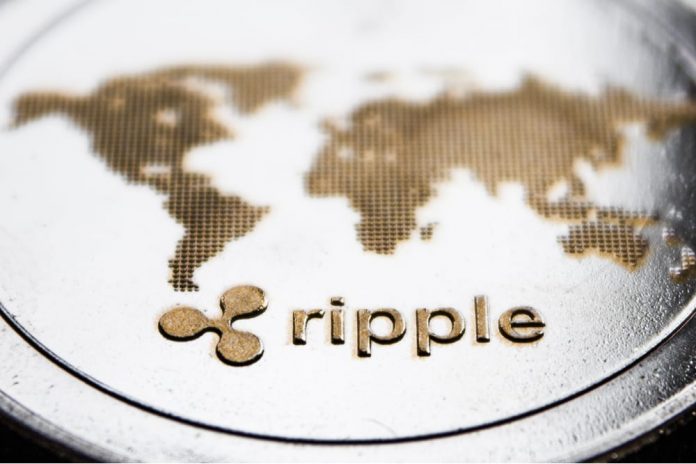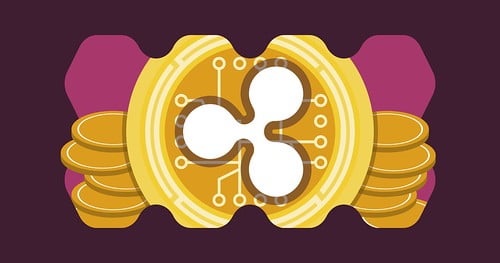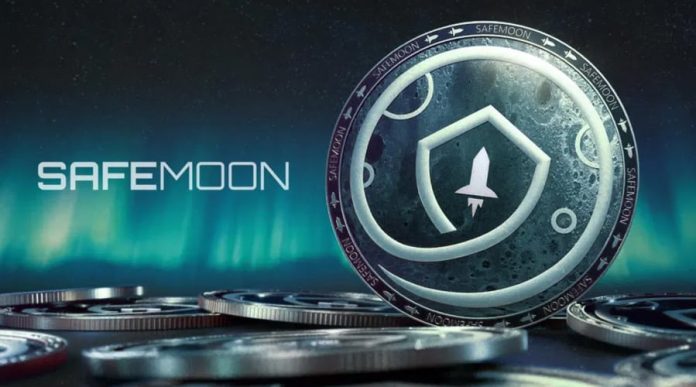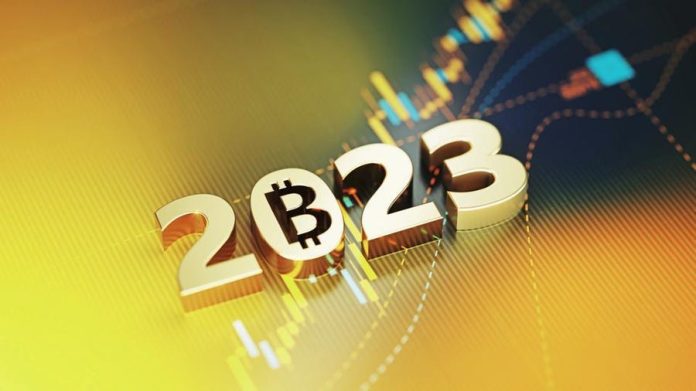The new crypto casino Coco launched on Ethereum. It was inspired by the popular NFT project Milady. Coco’s token COCO jumped over 1200% in 24 hours after listing. It now trades for 8 cents with a $8.8 million market cap.
Coco gained users after getting listed on the Poloniex exchange. This happened as people start using web3 casinos. Experts say Coco works because it blends coins and casino tokens. This appeals to different users. The casino launched slots based on Dogecoin, Pepe and Milady NFTs. This emphasizes transparency.
Coco offers games like blackjack and baccarat. The crypto winter led traders to try on-chain casinos in decentralized finance. Coco follows other blockchain casinos like Hamsters.gg. This shows web3 gambling is growing.
Crypto traders often use casino sites when liquidity is low and new memecoins come out. This happened with Dogecoin and Shiba Inu’s rise. A benefit is avoiding third parties needed for traditional betting sites. This allows faster transactions on crypto casinos. Removing middlemen also provides quicker payouts. Traders can bet on new memecoins or cash out when markets are stagnant. As new memes arise, traders increasingly use crypto casinos to bet while traditional markets stay stagnant. So blockchain casinos and hot memes give traders faster ways to capitalize on trends.
In short, crypto traders use casinos to bet on memecoins when liquidity is low. They benefit from the speed of blockchain gambling.
Latest Posts
- Binance Coin Rises in Market Cap Rankings After Surpassing XRP
- X2 Token Sees Brief Price Spike Before Sharp Decline, Raising Concerns Over Sustainability
- The Sandbox(SAND) and Chainlink(LINK) See Gains, While Newcomer Pomerdoge Aims for Bigger Returns
- SmarDex (SDEX) Explores Innovations in DeFi With Multi-Chain Expansion
- Large Transactions Seen in Uniswap (UNI) – What Could This Mean?


